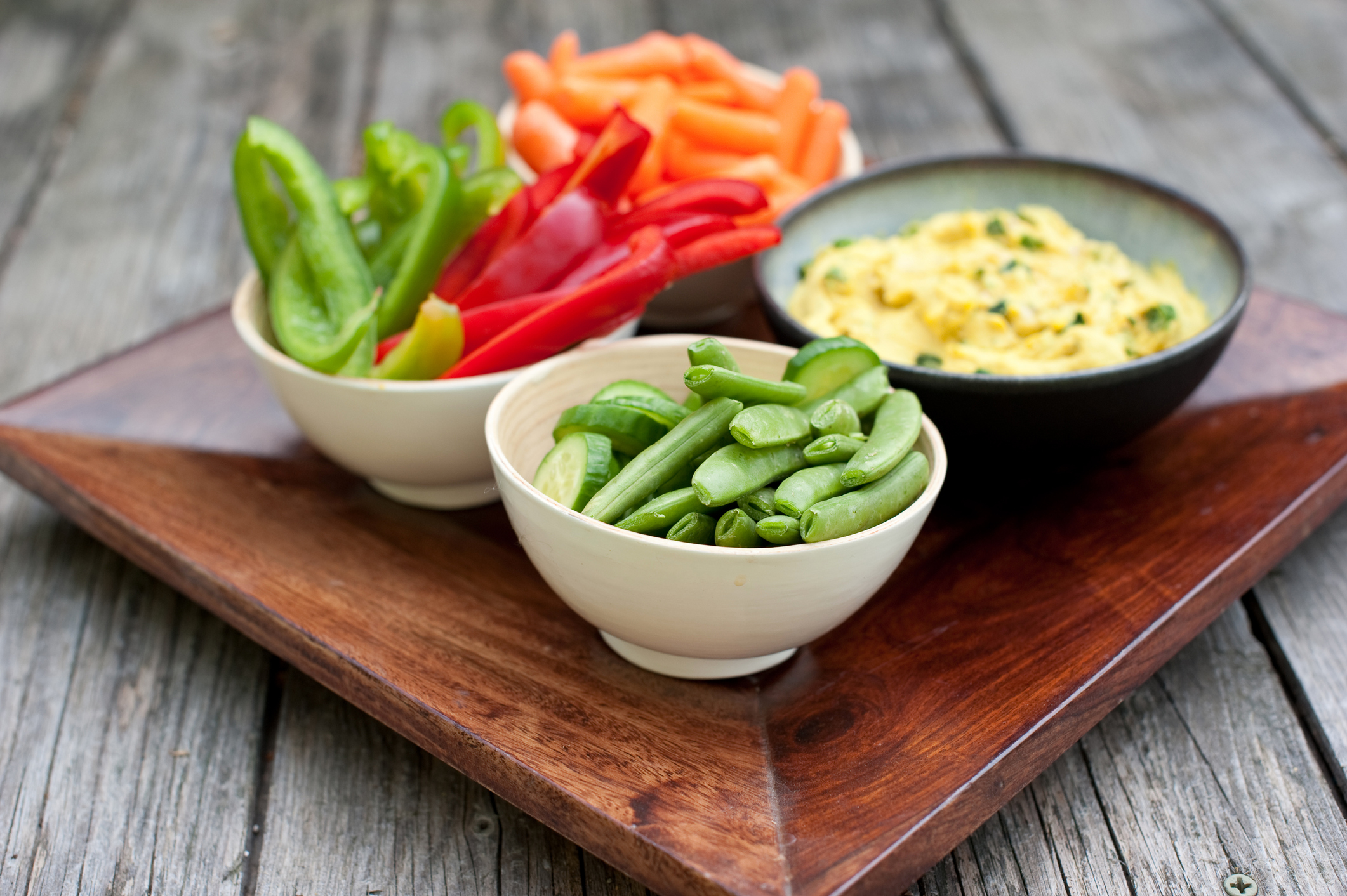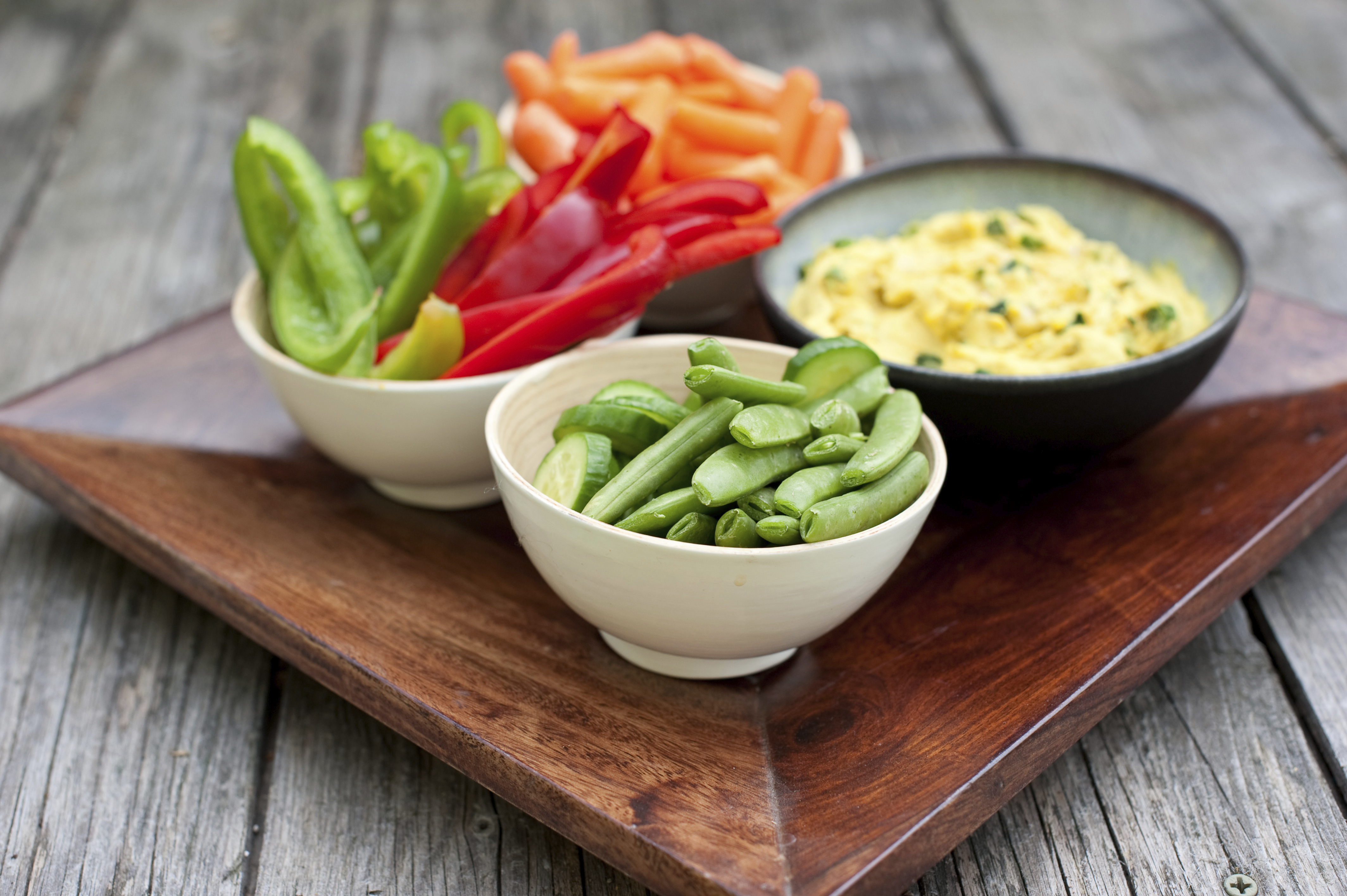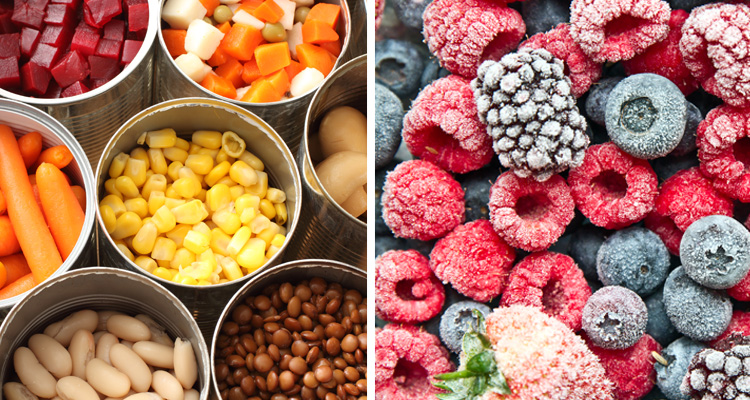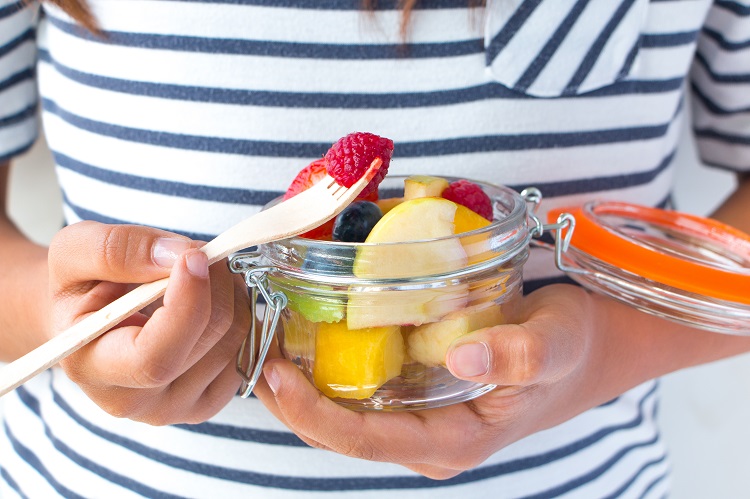As parents, we want the best for our children. However, when we think about healthy eating, and what that really means, we might feel overwhelmed because conflicting advice, picky eaters, busy schedules, and easy access to convenience foods are abundant. The good news? You and your family can develop and maintain healthy eating habits, and you don’t need to be a nutrition expert.
The American Psychological Association (APA) highlights the critical role a child’s early food experiences may have in shaping his or her relationship with nutrition. Their research emphasizes that healthy eating is more than what is on the plate—it is about how food is introduced, how eating different foods is modeled, and how food can be experienced in everyday life (APA, 2023).
Here are some practical strategies to help make healthy eating an enjoyable part of your family’s routine.
Make Healthy Eating a Positive Experience
Children are more likely to develop balanced eating habits and try new foods when mealtimes are structured, predictable, and stress free. Pressuring a child to eat certain foods may lead to resistance, a reduced appetite for those foods, and negative associations with mealtime experiences or the specific food (Scaglioni et al., 2018).
Try… Consider…
Instead of… Telling children to eat certain foods or finish their plates
Try… Making mealtimes interactive and engaging by allowing your children to explore foods that have different colors, textures, and flavors
Consider… Involving children in meal preparation. Children are more likely to eat what they have helped to prepare (van der Horst et al., 2014).
Serving meals, like taco Tuesday, can provide predictability, which children thrive on, and can be fun as children choose a variety of (healthy) toppings. Serving yogurt parfaits with various fruit toppings can also help children create their own meals in a fun way.
Be a Positive or Healthy Role Model
Children learn by observing others, so, when adults model using positive eating habits, this can naturally encourage children to make healthier food choices and reinforce a positive relationship with nutrition for your children (APA, 2023). If your children observe you choosing water over sweetened beverages, snacking on fruit, and enjoying healthy meals, they may be more inclined to do the same.
Instead of… Try… Consider…
Instead of… Labeling foods as “good” or “bad”
Try… Talking about how different foods help our bodies grow strong and give us energy so we can engage in the activities we enjoy
Consider…Making mealtimes a learning opportunity by discussing how eating different or varied foods support the body. Explain that oranges can be powerful in helping wounds heal because they contain vitamin C, and sweet potatoes have potassium, which can help keep your heart healthy. (Nationwide Children’s, 2021).
Offer Healthy Choices, But Let Your Children Decide
When children can choose between healthy options, such as a piece of cheese or a banana, they experience a sense of control, and this feeling of control can help foster independence, increase food acceptance, and encourage better eating habits in your children (Mourmans et al., 2023). Research suggests that providing choices can give children more autonomy and may lead to a more positive attitude toward food and a greater willingness to try new flavors (Mourmans et al., 2023).
Instead of… Saying, “You have to eat some carrots”
Try… Asking, “Would you like carrots or bell peppers with your snack?”
Consider… Keeping a “snack station” in the refrigerator with pre-cut fruits, vegetables, cheese, and yogurt so children can independently select healthy snacks (Segal & Robinson, 2024)
Keep It Balanced, Not Perfect
Healthy eating is not about perfection; it is about balance. A diet that allows occasional treats, like sweets or fast food, can be part of a healthy lifestyle when these selections are paired with nutritious choices. Research suggests that children who learn moderation, rather than restriction, can develop a healthier relationship with food and reduce cravings for “forbidden” foods (Segal & Robinson, 2024).
Instead of… Making certain foods completely off limits
Try… Incorporating treats in a way that balances them with nutrient-dense foods
Consider… Serving less nutritious foods alongside healthier options. If your child wants fries, pair them with grilled chicken and steamed broccoli or roasted carrots for a well-rounded meal. Similarly, if children crave something sweet after a meal, offer a small dessert alongside yogurt or fruit for nourishment (Segal & Robinson, 2024).
Teach Mindful Eating Habits
Children can begin to recognize when they have eaten enough food by paying attention to how their bodies feel during and after meals. Adults can support this by modeling mindful eating and encouraging conversations that help kids pause, check in with their bodies, and avoid overeating (Johns Hopkins Medicine, n.d.).
Instead of… Try… Consider…
Instead of… Eating while watching screens or relying on an empty plate as the only signal to stop eating
Try… Creating screen-free mealtimes and using conversation to help children tune into their hunger and satisfaction cues before, during, and after a meal
Consider… Introducing the Hunger and Fullness Scale, which is a tool that assigns numbers to hunger sensations. Using this tool may help children recognize and better understand and describe their bodily cues (Johns Hopkins Medicine, n.d.). The scale ranges from 1 (extremely hungry) to 10 (overly full), and 5 is neutral—neither hungry nor full.
Example Questions Using the Hunger and Fullness Scale
- Before the meal, ask: “How hungry are you? Are you at a 3, ready to eat, or are you at a 1, feeling very hungry and weak?
- During the meal, check-in: “Are you starting to feel like a 6, where you’ve had some food but might still need more? Do you feel like a 7, where you’re feeling comfortably full?”
- After the meal, reflect: “Do you feel satisfied and energized, like a 7, or do you feel uncomfortably full, like an 8 or 9, where your stomach feels too tight or heavy?
Using this scale can help children pause and assess how their body feels before, during, and after meals and may lead to a stronger understanding of when to start eating, when to slow down, and when to stop. Over time, this practice can support intuitive eating and help children develop healthy habits (Johns Hopkins Medicine, n.d.).
Nutritional habits take time to build, but small, consistent changes can make a big difference. A supportive food environment, paired with balance, mindfulness, and positive role modeling, can help children build lasting habits that support lifelong well-being.
If you would like to explore more family-friendly strategies, check out the 5210 Helping Families Lead Healthier Lives website.
References
American Psychological Association. (2023, September 28). Healthy eating for children. https://www.apa.org/topics/children/healthy-eating.
Johns Hopkins Medicine. (n.d.). Hunger and fullness awareness. Johns Hopkins Medicine. https://www.hopkinsmedicine.org/health/wellness-and-prevention/hunger-and-fullness-awareness
Mourmans, R., Fleischeuer, B., Dibbets, P., Houben, K., & Nederkoorn, C. (2023). Choice-induced tasting. Evaluating the effect of choice on children’s acceptance of an unfamiliar vegetable. Appetite, 191. https://doi.org/10.1016/j.appet.2023.107049
Nationwide Children’s Hospital. (2021, March 16). The importance of good nutrition for kids. Nationwide Children’s Hospital. https://www.nationwidechildrens.org/family-resources-education/700childrens/2021/03/importance-good-nutrition-kids
Scaglioni, S., Cosmi, V. D., Ciappolino, V., Parazzini, F., Brambilla, P., & Agostoni, C. (2018). Factors influencing children’s eating behaviours. Nutrients, 10(6), 706. https://doi.org/10.3390/nu10060706
Segal, J., & Robinson, L. (2024, September 30). Healthy food for kids. HelpGuide. https://www.helpguide.org/wellness/nutrition/healthy-food-for-kids
van der Horst, K., Ferrage, A., & Rytz, A. (2014). Involving children in meal preparation. Effects on food intake. Appetite, 79, 18–24. https://doi.org/10.1016/j.appet.2014.03.030






 Food can be fun! Colorful fruits and vegetables are a great way to add brightness to your plate and entice your taste buds. You can find a variety of fresh produce at local farmers’ markets. Visiting your local farmers’ markets can be an exciting family outing! You can gather fresh ingredients and colorful fruits and vegetables, and, best of all, it’s something you can do together.
Food can be fun! Colorful fruits and vegetables are a great way to add brightness to your plate and entice your taste buds. You can find a variety of fresh produce at local farmers’ markets. Visiting your local farmers’ markets can be an exciting family outing! You can gather fresh ingredients and colorful fruits and vegetables, and, best of all, it’s something you can do together. Your child says, “I’m hungry,” but dinner isn’t for another 2 hours. Rather than have your child dig into the pantry or run for the cookie jar, what can you do to help them fill that hungry void?
Your child says, “I’m hungry,” but dinner isn’t for another 2 hours. Rather than have your child dig into the pantry or run for the cookie jar, what can you do to help them fill that hungry void?


